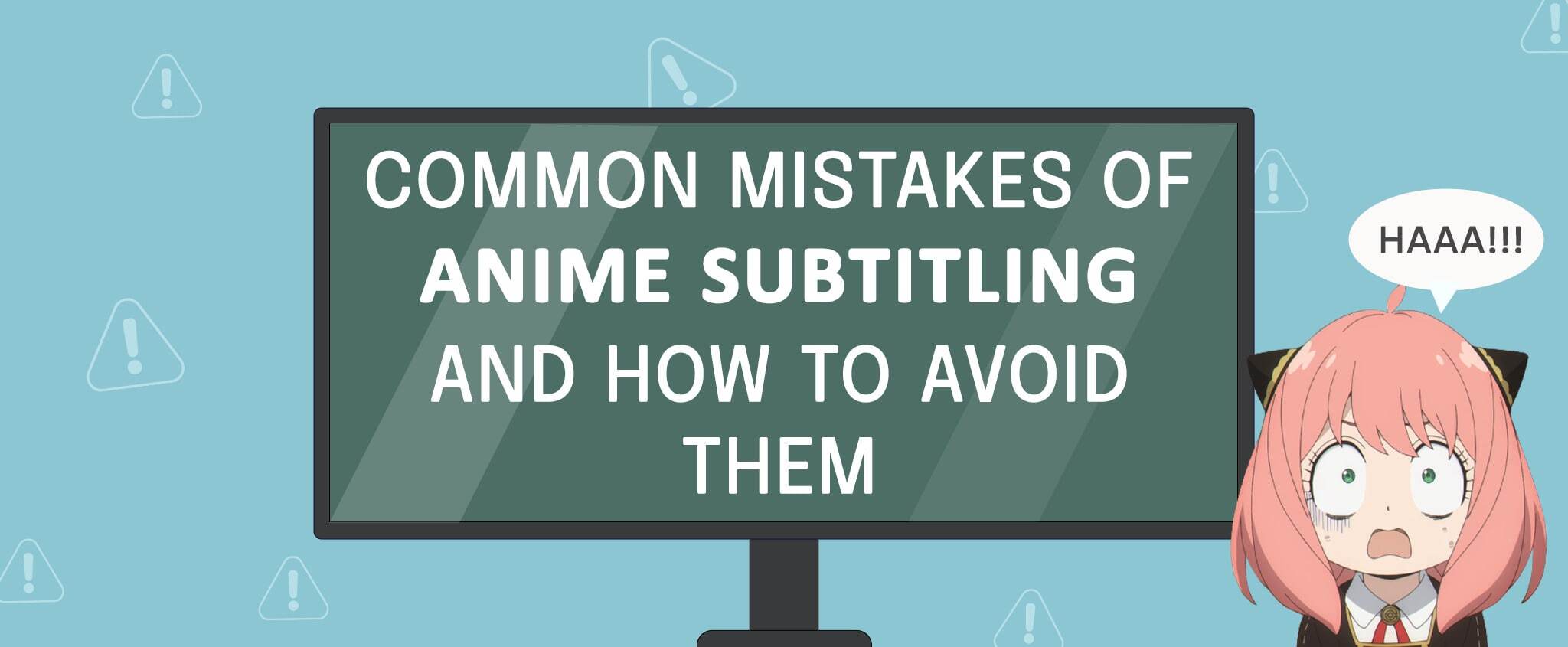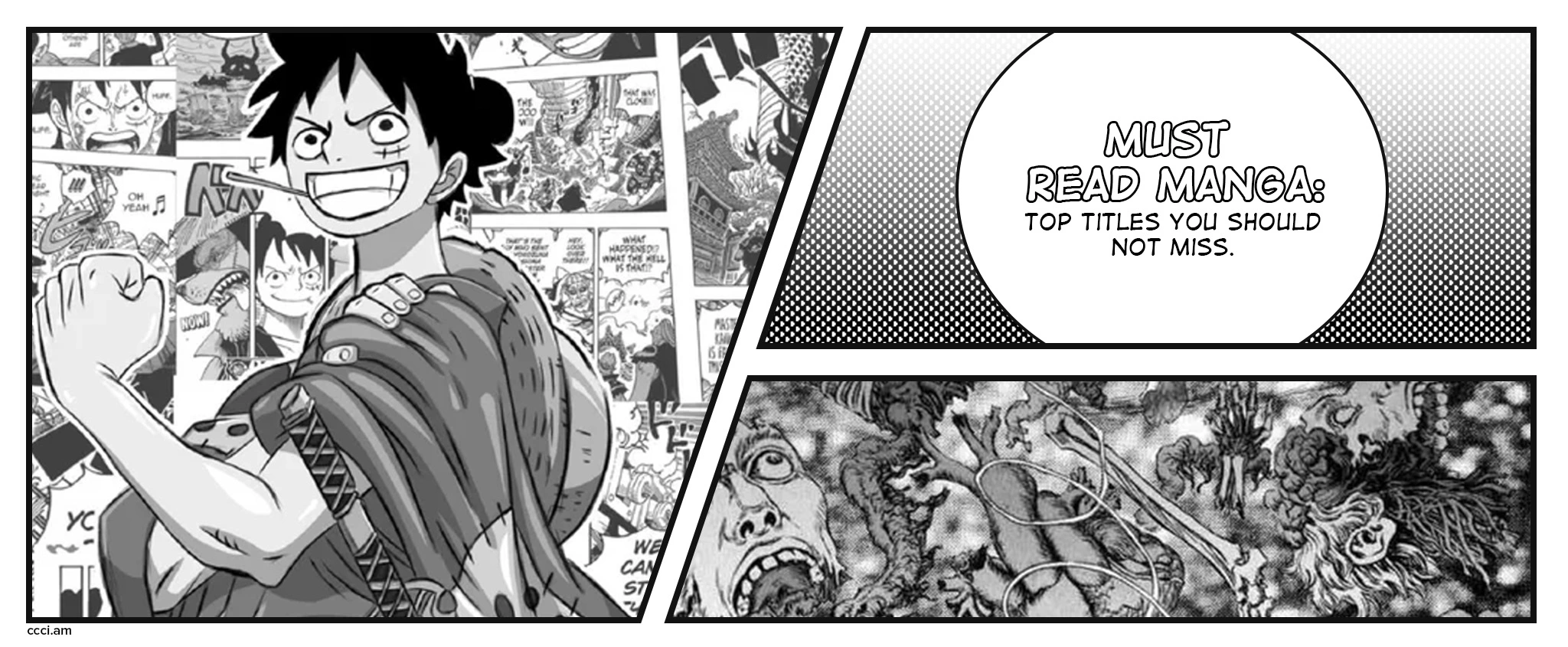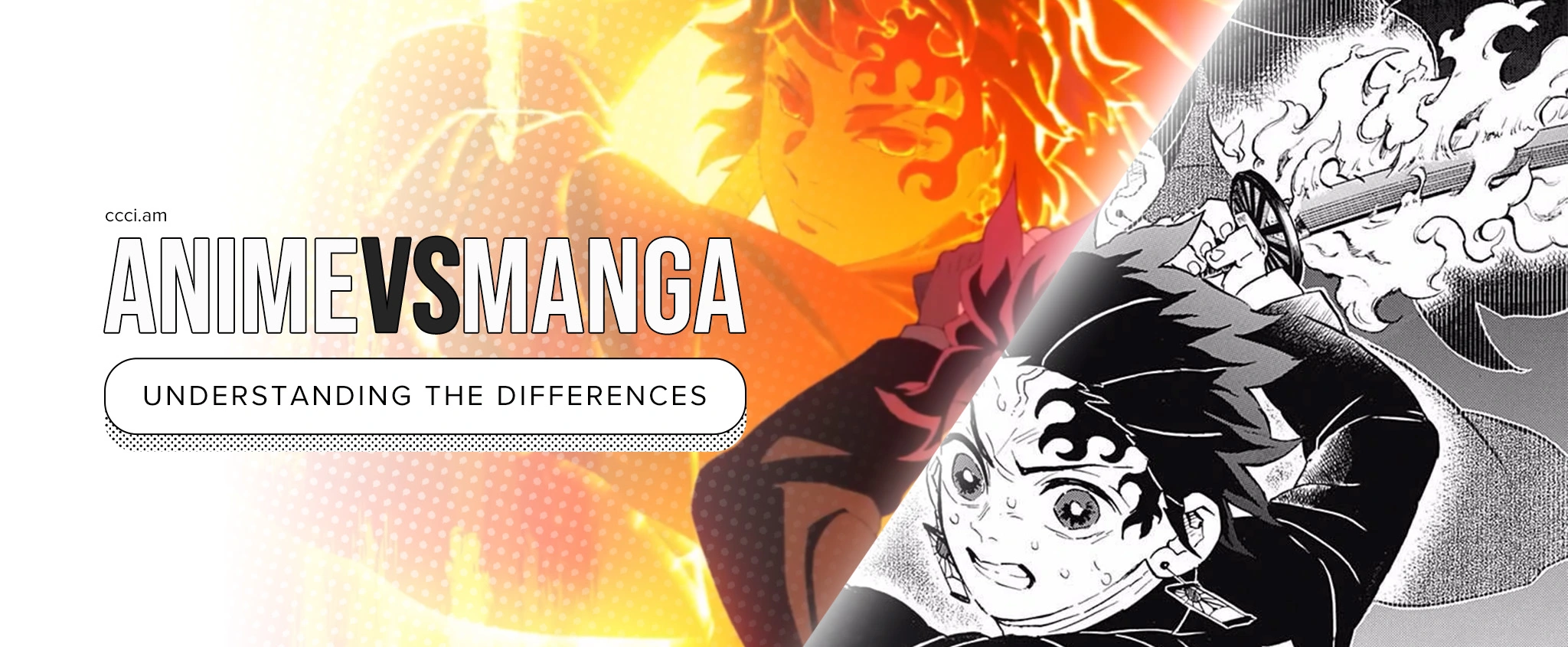Common Mistakes of Anime Subtitling and How to Avoid Them
Unquestionably, the animation industry in Japan is persistently booming. Since its inception, anime has captivated audiences locally, with streaming seeing a sales revenue of over 90 billion Japanese yen in 2021! And because of anime subtitling, the media has gained immense global popularity over the past few years. However, it has been proven to be tricky as there are some common mistakes that providers of anime subtitling services tend to make.
CCC International loves anime just as much as the rest of you. As a professional anime translation and subtitling service provider, we share the common pitfalls when working on anime with subtitles and some advice on avoiding them!
Key Takeaways:
- Anime subtitling is the process of translating and adding captions to the visuals of anime production. It’s a pivotal contributor to the global success of Japanese animation.
- Providing subtitles for Japanese anime is a long process involving spotting, translation, timing, typesetting, editing, and simulation.
- Common mistakes in anime captioning include poor translation, overloaded subtitles, and illegible texts.
Table of Content:
- Anime and Subtitling: An Overview
- Why Is Subtitling Important?
- The Process of Providing Subtitles For Japanese Anime
- Most Common Mistakes of Anime Subtitling
- 5 Tips to Avoid Anime Subtitling Mistakes
- CCCI – Professional Anime Translation and Subtitling Services
Anime and Subtitling: An Overview
Anime is an animation style popular in Japanese films. It was made for the local audience, reflecting the Japanese culture through its characters, story, and music. In 1956, modern anime began and thrived even more in 1961. It was when Mushi Productions by Osamu Tezuka was established, significantly contributing to the anime aesthetic. Later, Princess Mononoke by Miyazaki Hayao was released in 1997, followed by other successful titles like the Pokémon television series.
In the 21st century, anime finally reached international audiences. For example, Spirited Away by Miyazaki in 2002 won an Academy Award for Best Animated Feature Film. Eventually, anime streaming became as popular as other major streaming services. The industry saw an overseas sales revenue of over 1.3 trillion Japanese yen in 2021.
How did anime achieve such success? It’s thanks to many things, but one of the major contributors is subtitling. Through translation and subtitling, anime conquered the global market, allowing viewers worldwide to access and understand the content. And because Japan is culturally rich and anime is really creative, entertaining, and educational, the media’s popularity skyrocketed!
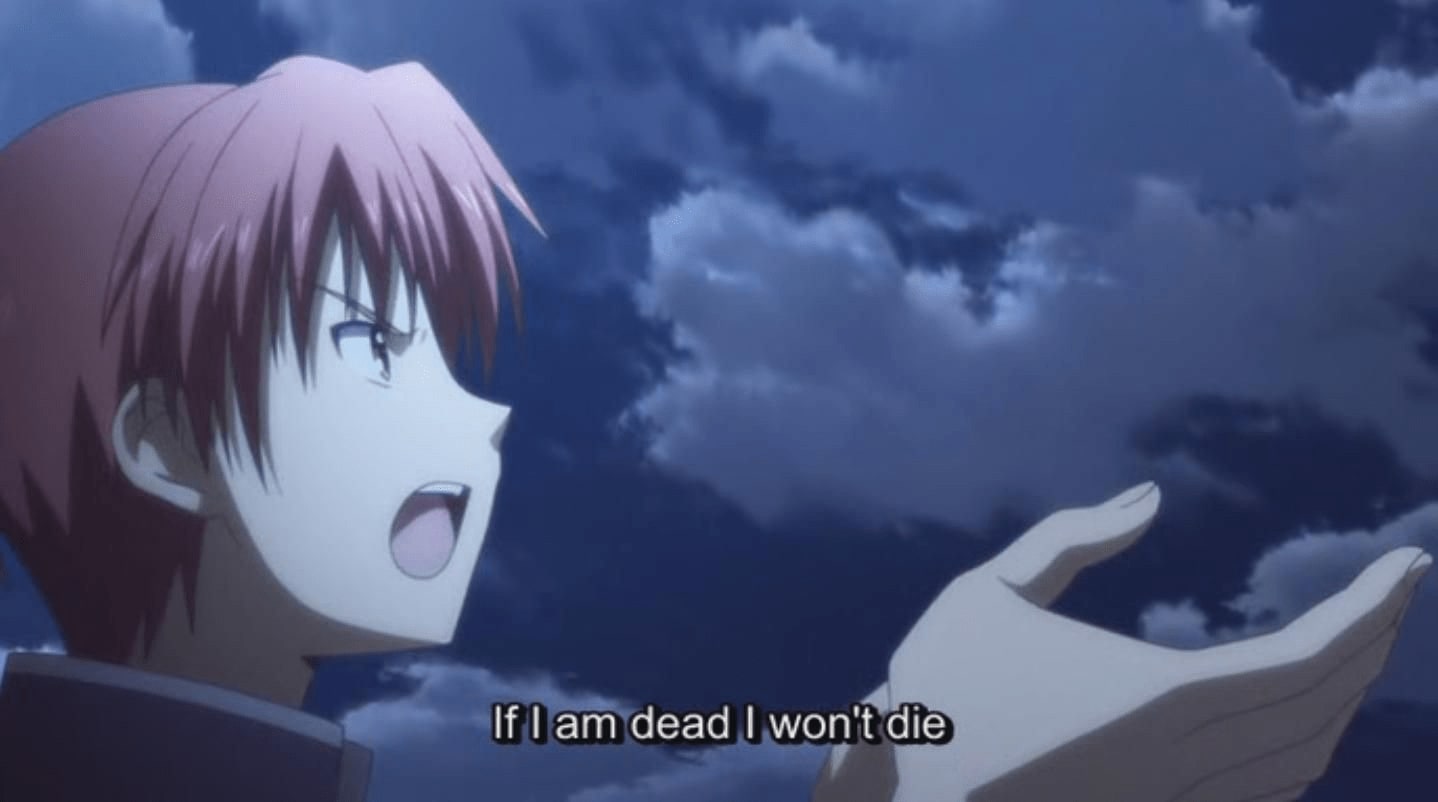
Why Is Subtitling Important?
Anime subtitling is translating and adding captions or texts to the audio-visual media. It’s popular in anime streaming as it helps viewers understand what they’re watching by reading the captions, regardless of their language.
Another popular option is dubbing, which is rerecording the soundtrack and dialogues in another language. Some believe it’s an easier and more effective way of conveying the content, but others think subtitling is more powerful. Here are some reasons subtitling is important:
Worldwide Accessibility
Anime subtitles allow viewers in different countries and cultures to understand the story, appreciate the content, and relate to it. It’s also beneficial for viewers still learning the language featured in the anime.
Retaining the Original Context and Feel of Anime
Subtitling is a good way of providing viewers with an authentic experience. Through subtitles, viewers can still watch the content in its original context, hearing the original language and accents.
Preserving Cultural Elements
Anime reflects Japan’s culture and society, which is why subtitling helps viewers experience the nuances of the country. Subtitles aren’t simply translations; they also convey Japan’s culture, customs, and colloquialisms.
Note: One downside of subtitling is that viewers must read while watching what’s happening onscreen. Not everyone is a fan of multitasking, making dubbing an ideal alternative. However, nothing beats the experience of hearing the original language while accessing the anime’s cultural elements!
The Process of Providing Subtitles for Japanese Anime
Watching an anime with subtitles can make subtitling seem like an easy job. You just need to translate the content, put a few lines on the screen, and there you go! Unfortunately, that’s not the case. Anime subtitling is an art form of its own and requires much skill! Here’s a breakdown of the process of providing subtitles or captions for anime:
- Spotting: Pinpoint each line and its timing in an anime.
- Translation: After spotting, translators must accurately provide a translation that conveys the original context and feeling.
- Timing: Adjust each line to synchronize with the original audio.
- Typesetting: Determine font type, size, style, and color for each subtitle.
- Editing: Edit subtitles for accuracy, clarity, and matching with the original audio.
- Simulation: Screen the anime with subtitles and finalize the file for the viewing platform.
Most Common Mistakes of Anime Subtitling
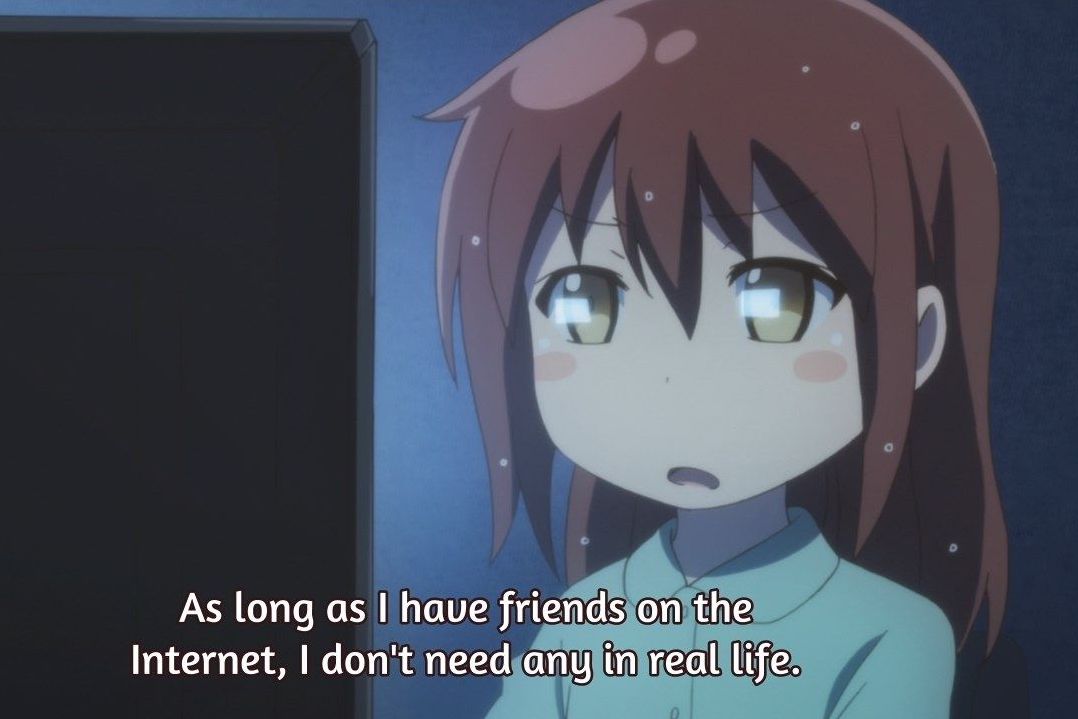
Anime captioning must be accurate, precise, and authentic. Otherwise, audiences won’t understand the content and end up having a bad viewing experience. Here are some of the most common errors in anime subtitling:
Poor Translation
Everything starts with translation, and if the translation isn’t accurate or doesn’t convey the original meaning, it won’t be effective. It’s vital to use terminology that fits the context.
Pro Tip: Never use machine translation for anime subtitling! It can be faster than manual and human translation but won’t provide accurate and authentic results.
Wrong Speech Style
Using the right style and tone is essential when translating spoken lines. Professional translators must know speech patterns, slang, and regional differences. Subtitling will be ineffective if all characters speak the same way!
Unnatural Line Breaks
Unnaturally breaking lines can affect the meaning and tone of the dialogue. Natural line breaks are essential, so viewers understand the content quickly and read one line at a time.
Trivial Details
Not everything needs translation or subtitling. Some details can remain untranslated, and the viewers will still understand what’s happening in the anime.
Overloaded Captions
If you decide to translate everything, the subtitles will become too crowded and overwhelming. Viewers will have to catch up on multiple lines or miss out on some of the content.
Illegible Texts
When typesetting, you must ensure the font size and color are readable. Subtitles will be useless if they’re too small, hard to read, or have a color that blends with the background.
Missing Punctuations
Putting punctuation marks in each sentence helps viewers understand what’s being said and follow the subtitling. Missing punctuation can lead to confusion and misunderstanding.
Incorrect Timing
Lastly, subtitles must be synced with the original audio. If subtitles appear too early or late, viewers will have difficulty following the dialogue.
5 Tips to Avoid Anime Subtitling Mistakes
We’ve already given some tips to help you avoid subtitling mistakes. Here are some more:
Always Use the Audio-Visual Material
Some translators use only the scripts for subtitling. It’s essential to use audio and visual material to give accurate translations with the right tone, expression, and emotion. Watch while translating and try to enjoy the anime!
Allot Time for Proofreading and Editing
You don’t want to miss any errors after translation and typesetting. Proofread your work, edit subtitles, and re-watch the anime to ensure everything is error-free. Never rush the process!
Know Your Platforms
Different platforms may have different requirements for subtitles. Knowing the rules for each platform before you start subtitling is essential, so you don’t end up with an ineffective output.
Keep the Viewers in Mind
Subtitles must add to the audience’s viewing experience, so the texts should be engaging and entertaining. It can be easy to lose sight of this goal, but keeping the audience in mind is crucial.
Trust Professional Subtitling Services Providers
If you don’t have experience in anime subtitling, it’s best to hire professional service providers. An experienced team can help you create high-quality subtitles and captions for your anime. They will be multilingual, authentic, and timed to perfection!
Where can you find a team of experts to help you with anime subtitling? Good news; you’ve already found one! At CCCI, we take anime translation and subtitling as serious business.
CCCI – Professional Anime Translation and Subtitling Services
CCCI is a professional translation and localization provider offering accurate, reliable, high-quality anime translations and subtitling services. We work in over 30 languages with experienced linguists, project managers, and technical experts. Our team provides subtitles for Japanese anime with cultural appropriateness as the number one priority.
As we said earlier, we love anime as much as you do, and we believe in the power of subtitles and captions to enhance the anime-watching experience. Our subtitling process guarantees accuracy and fast turnaround.
Let’s share our favorite anime with the world! Contact CCCI today.

